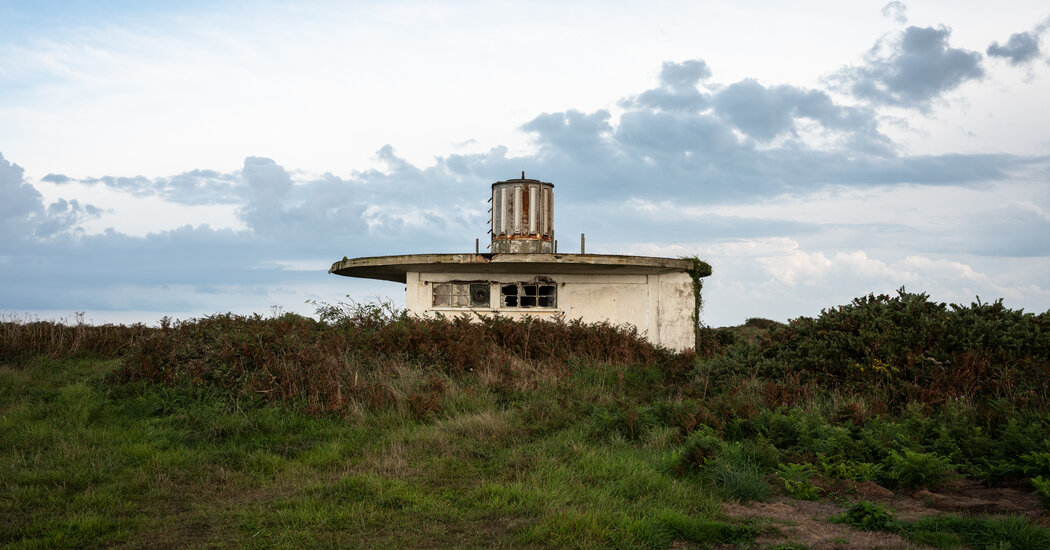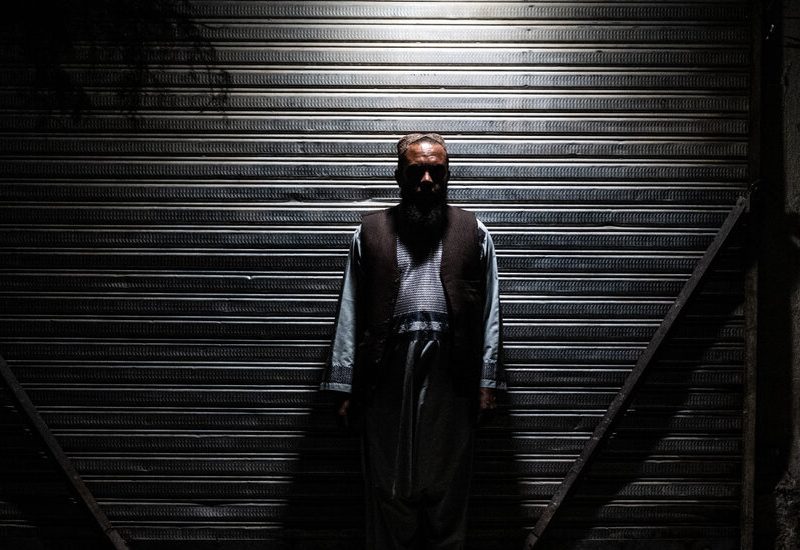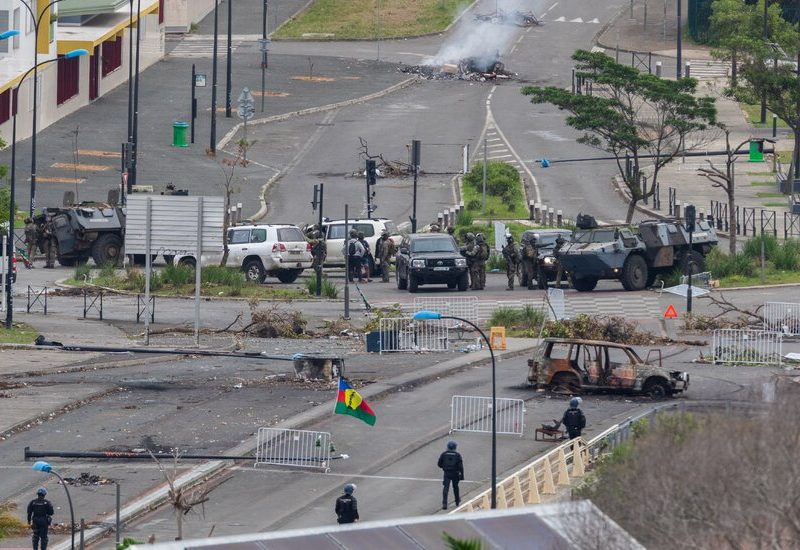A long-running debate about a small part of Britain’s Holocaust history has been settled.
A panel of historians tasked with investigating the death toll in Alderney, a British Crown Dependency and one of the Channel Islands in the English Channel, has adjusted the island’s historical record, adding several hundred people to an official count from the 1940s.
Lord Eric Pickles, Britain’s special envoy for post-Holocaust issues, announced last July that a panel of experts would try to settle the — at times heated — debate. On Wednesday, he presented the findings with members of the panel in a packed room at the Imperial War Museum in London.
The panel did not come to an exact number. It concluded that the likely range of deaths was between 641 and 1,027, with a maximum number of 1,134 people. A previous estimate had put the number of deaths below 400.
The panel also answered the question of how many forced laborers and prisoners — the vast majority of whom were men — were on the island during the occupation between 1940 and 1945, concluding that there were between 7,608 and 7,812 people. Most of them were forced laborers from the Soviet Union. That number also included 594 Jewish prisoners from France.
“We are absolutely confident about these numbers,” Mr. Pickles said. “The truth can never harm us.”
Although the panel’s original remit had been to focus solely on the numbers, that turned out not to be enough, Mr. Pickles said. Over the last nine months, the panel widened its scope and investigated the question of why Britain never held any of the Nazi perpetrators responsible for mistreatment that included beatings, shootings, malnutrition and horrific working conditions.
The lack of prosecution of any of the people who committed violence and crimes in Alderney, Mr. Pickles said, was a “stain on the reputation of the United Kingdom.”
Anthony Glees, a historian at the University of Buckingham, said that the failure to bring those responsible to justice was a “cover-up” by the government, although he emphasized that his research showed the government had not intended to let the perpetrators walk free.
After the war, Britain handed over the Alderney cases to the Soviet Union in 1945, Mr. Glees said, because most of the victims had been Russian. The Soviet Union did not put any of the perpetrators on trial, a fact that the British government did not make public. Furthermore, the Soviet Union had not requested the information, according to the 93-page report from the panel.
Then, a couple of years after the war, the public appetite for prosecuting big war crimes waned in Britain, Mr. Glees said.
“It wasn’t a blind eye to murder,” Mr. Glees said, “but a lack of resolve.”
The Channel Islands were the only British territory occupied by the Germans during World War II. In June 1940, the British government evacuated Alderney.
The Nazis built four camps in Alderney. Two of the camps, Helgoland and Borkum, were labor camps run by the civil and military engineering arm of the Nazis. The SS, the organization that was largely in charge of the Nazis’ barbaric extermination campaign, took control of two other camps, at the Norderney and Sylt islands, in 1943.
The panel arrived at its conclusions by looking at archival materials and comparing each member’s work. Before that, the closest thing to an official count came from a British military intelligence interrogator, Theodore Pantcheff, shortly after the end of the war. He had found that at least 389 people died in Alderney.
The debate about the numbers has brought a lot of attention to the island over the years, sometimes to the dismay of its residents, who yearn for a quiet and remote lifestyle.
“I have encountered many arguments over numbers,” Mr. Pickles said. “Nothing compares to the virulence or personal nature of arguments over numbers in Alderney.”
Upon learning the panel’s conclusions, William Tate, the island’s president, said he felt a mixture of relief and sadness: Relief that the number wasn’t higher, and sadness for hundreds of victims who had effectively remained unidentified for more than seven decades.
“It’s a very important moment in the history of our island,” he said.
Mr. Tate said that the island was responsible for keeping the memories of those victims alive and for providing residents and visitors with more information in the form of signs.
The academics on the panel were pleased with the outcome of the much-awaited report. “We cracked it; we exceeded our expectations,” said Dr. Gilly Carr, a historian who has published books about the islands’ Nazi occupation. Other members of the panel also voiced confidence in their findings.
While new information could surface, bringing future insights, these results would hold up, Robert Jan van Pelt, a historian at the University of Waterloo and a member of the panel, said.
Alderney plays a relatively small but extraordinary role in Britain’s World War II history, placing Nazi violence and atrocities squarely on British soil.
The tiny island, which today has just over 2,000 residents and sits about 10 miles off the French coast, did not have gas chambers. But, the researchers said, the laborers’ and prisoners’ conditions on the island were brutal.
“In the eyes of the Nazi regime, Jewish forced laborers only had the right to live as long as their labor could be exploited,” the report concluded. “The Holocaust therefore is part of Alderney’s history.”



